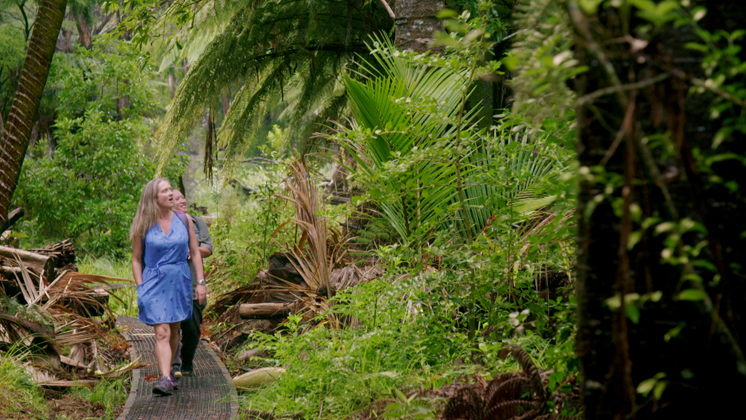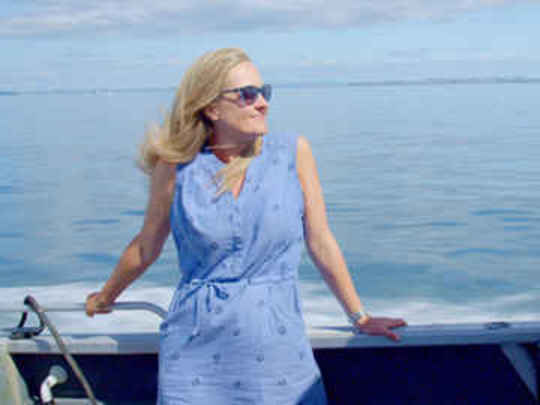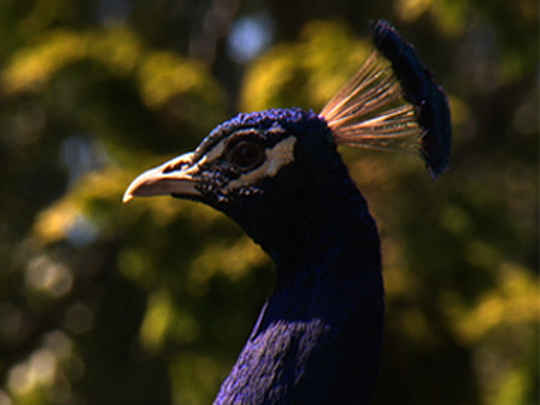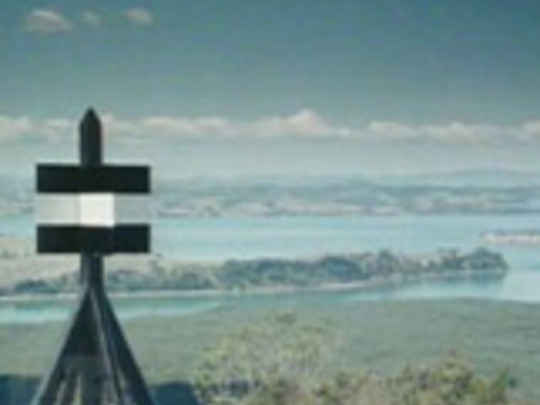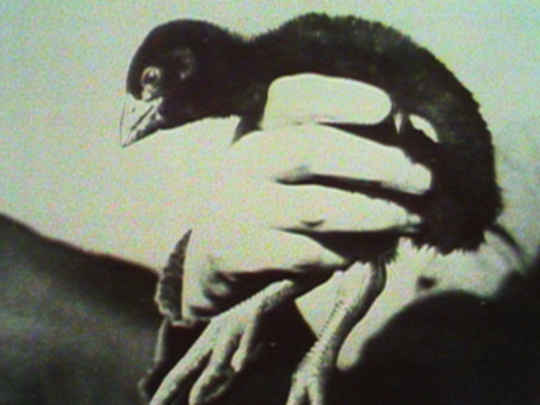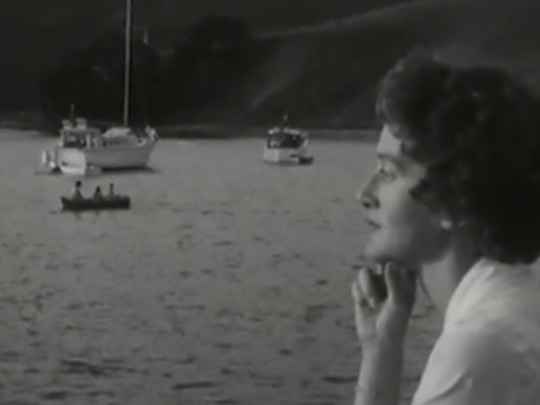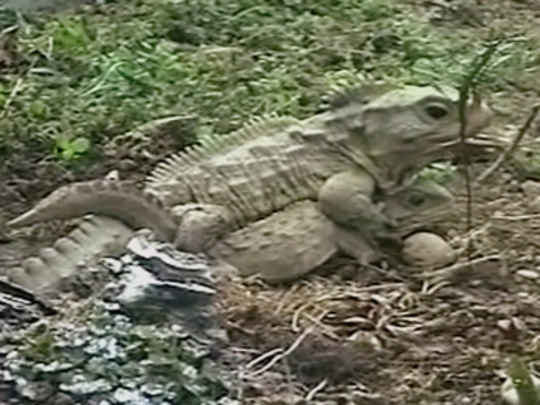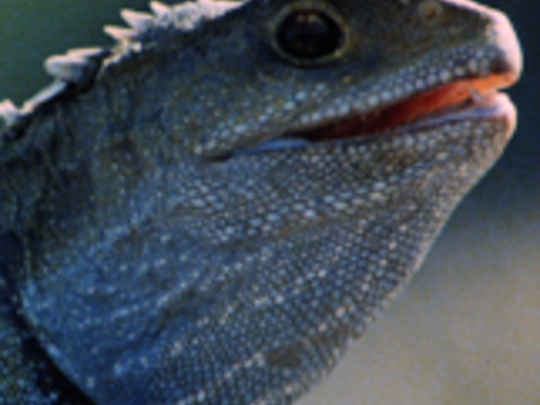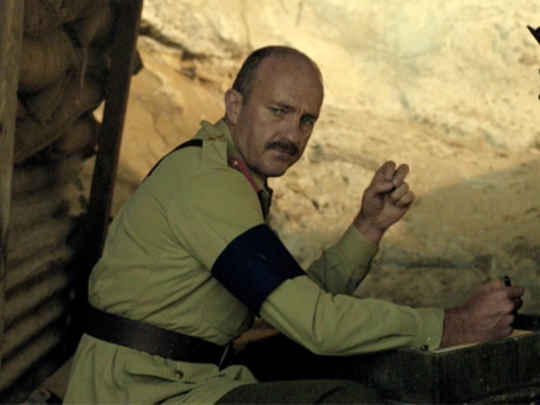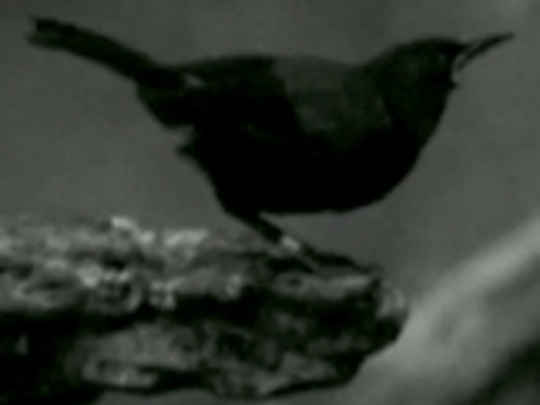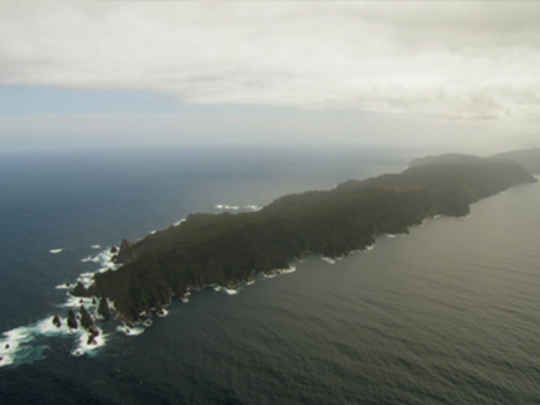Islands of the Gulf - Episode 3
Television (Full Length Episode) – 2018
It shall not be mentioned on television.
– Young Hauturu Islander Liam Walle refuses to reveal his secret crayfish spot
...we do call it Coronation Street, because it's been such a long-term study with these burrows they come back to every year. And then sometimes the bird won't come back and it might get a new mate. So that's why we call it Coronation Street.
– Ecologist Joanna Sim on the black petrel breeding programme on Great Barrier Island (Aotea)
Most people were against it. There was a strong belief that people and rare species didn't mix...
– Scientist John Craig on the reluctance to let visitors on bird sanctuary Tiritiri Matangi, early in this episode
Oh here we go...tīeke. Look at that. It's a juvenile tīeke, I think. See, it's got almost no wattles.
– Volunteer Mary-Ann Rowland spots a North Island saddleback on Tiritiri Matangi, early in this episodeh
One of the things that's really nice is to see the birdlife so much closer to the house — and such a big variety. And the bush has encroached a lot closer to the house.
– Former Hauturu Islander Susi Chinnery-Brown on how the island has changed since the 1960s
Hauturu rises impressively from the outer Hauraki Gulf about 75 km north-east of Auckland. It is a 2817 hectare island, 722 metres high and one of the most important wildlife and forest reserves in the world. Under the stewardship of the Department of Conservation it has 34 species of breeding native bird, many of which are endangered or rare, two species of native bat and at least 14 reptile species, including the tuatara and the very rare chevron skink.
– Writer Sid Marsh describes Hauturu Island (Little Barrier), NZ Geographic 55, January 2002
It's unusual to see people welcomed to an island that's also a wildlife sanctuary. And that makes Tiritiri Matangi pretty special.
– Presenter Elisabeth Easther, early in the episode
A lot of New Zealand birds don't worry about the gender of their partner, so the two males mated with each other. They built a nest . . . They hatched female chicks, and the rest's history really.
– Scientist John Craig describes two takahē who were given a fertilised egg to nurture
Hauturu Little Barrier has been a reserve since 1894, and has been described as the most intact ecosystem in the country.
– Presenter Elisabeth Easther
